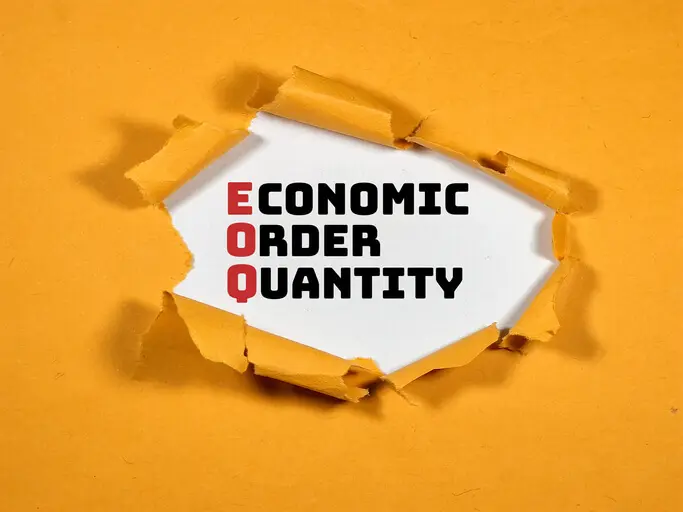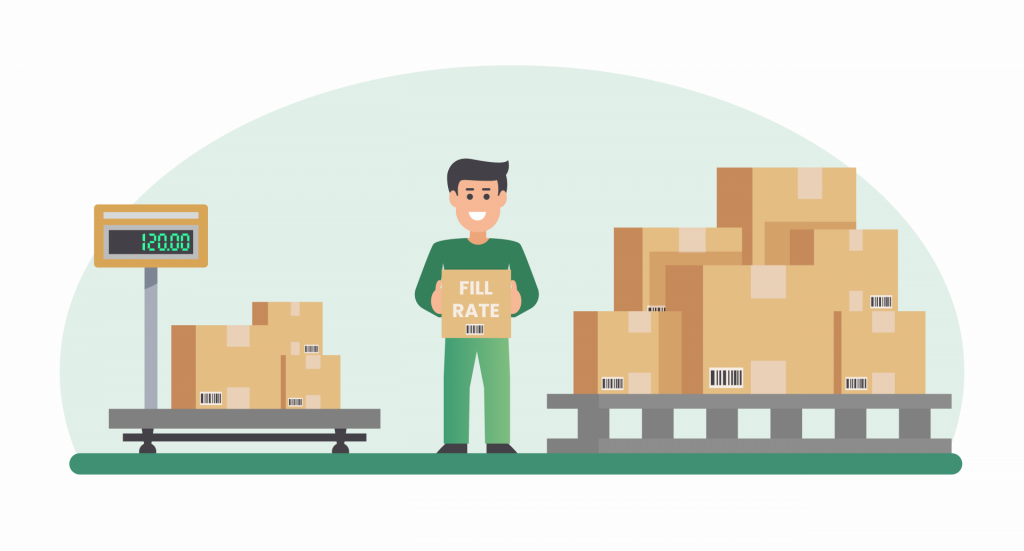Let’s be real, the sales pitches for AI forecasting tools sound like magic. A future with zero costly stockouts, no bloated inventory, just perfect predictions. And while that’s not entirely science fiction, the initial price you see on the proposal? That’s just the cover charge. To really grasp the financial reality of this tech, you have to look past the sticker price and wrap your head around the Total Cost of Ownership (TCO). It’s the only framework that accounts for every single dollar you’ll spend, from the day you sign the contract to the day you eventually unplug it.
The Full Spectrum of AI Forecasting Tool Costs
Thinking the software license fee is the “cost” of an AI tool is like seeing the tip of an iceberg and assuming you’re safe. The Total Cost of Ownership is the other 90% hiding underwater. A proper assessment means adding up the initial cash burn to get it running, the recurring bills that keep it humming, and a whole host of hidden costs that have a nasty habit of ambushing your budget. Only by looking at this entire spectrum can you make a decision that’s actually financially sound.
Direct Investment and Implementation Costs
First up are the obvious, upfront expenses you have to clear just to get the system online. This kicks off with the software licensing or subscription, which can be all over the map depending on whether you’re buying it outright, paying per seat, or being billed on usage. Beyond the software itself, you’ve got the one-time hit for implementation and integration. This is where you hire pricey consultants or tie up your internal IT team for weeks trying to make the new tool play nice with your existing tech, like your ERP System and CRM platforms.
If you’re hosting it on-site, you might also be looking at some serious hardware and infrastructure upgrades just to support the new software’s demands. And here’s the one everyone forgets: data management. The costs tied to data preparation, cleaning, and migrating your information are massive. After all, your shiny new AI tool is only as good as the data you feed it.
Ongoing Operational and Maintenance Expenses
Okay, the system is live. Now the recurring bills start rolling in. The ongoing subscription and maintenance fees are a given, ensuring you get technical help and the latest updates. Those technical support packages often come in tiers, representing a separate line item where you have to decide how much you’re willing to pay for priority service.
If you’re on a cloud model, you have to budget for data storage and processing costs, which can easily balloon as your usage grows. The human factor is another huge operational expense. This includes the cost of training both new and current employees to actually use the forecasting tools properly. You might even need to hire specialists, like data scientists, to manage the tools and translate their outputs into actionable insights. Finally, you have the recurring expenses for software updates and upgrades—they’re essential for new features and security, but they aren’t always free.
Hidden and Indirect Costs
Some of the heaviest costs are the ones that never appear on an invoice. You’re going to face business disruption. While your teams are climbing the learning curve on a new system, productivity will inevitably dip. Then there’s the financial fallout from inaccurate forecasts. No AI is a perfect crystal ball, and when it gets things wrong, you’re the one paying for expedited shipping or emergency production to clean up the mess.
Perhaps the most critical indirect cost is vendor lock-in. After you’ve invested so much time and money migrating historical data, retraining your entire staff, and weaving a tool deep into your operational fabric, switching providers becomes a monumental task. This creates a powerful disincentive to leave, even if a better or cheaper solution shows up later.
Beyond Costs: The Strategic Value and ROI of AI Forecasting Tools
After all this talk about expenses, you might be wondering if it’s even worth it. It absolutely can be. A TCO analysis isn’t meant to just scare you; it’s about balancing the costs against the very real return on investment. The strategic upside here is huge. Better forecast accuracy leads directly to real financial wins: lower inventory holding costs, fewer lost sales from stockouts, and a far more agile supply chain.
When you trust your data, you make better strategic decision-making and your whole business becomes more nimble. That’s not just an operational improvement; it’s a serious competitive advantage that can drive revenue and steal market share. To make it tangible, you can calculate the payback period to see how long it’ll take for the tool to pay for itself, or find the break-even point where the benefits officially start crushing the costs.
If you’re ready to see what a realistic ROI looks like for your business, Intuendi helps you calculate and optimize your TCO while improving forecast accuracy.
Key Factors That Influence Your TCO
There is no universal TCO number. Your final cost will be unique to your organization, driven by a few key variables. Your company size and industry are the biggest determinants, defining the scale and complexity of the project. What a multinational retailer needs is a world away from the requirements of a regional manufacturer.
The deployment model is another fork in the road. A cloud-based (SaaS) solution generally has a lower upfront cost but higher, predictable operational fees. An on-premises deployment, in contrast, demands a huge initial investment in hardware and licenses but may offer lower long-term subscription costs. Lastly, the required level of customization can dramatically swing the TCO. An out-of-the-box solution will always be cheaper than a platform that’s been heavily tailored to fit your unique business processes.
Making a Smart Investment Decision
Choosing an AI forecasting tool has to be more disciplined than just watching a few flashy demos. By using the TCO framework, you can build a financial model that’s grounded in reality and make an investment you won’t regret.
A TCO Checklist for Vendor Evaluation
To drag all the potential costs out into the light, you need to grill potential vendors with the right questions. Get forensic about their licensing and pricing models so you know exactly how and when you’ll be billed. Demand a detailed breakdown of implementation support and what’s included in their standard training packages. Clarify their data storage limits and what the overage fees look like. You also need to scrutinize their support service level agreements (SLAs) to understand their commitment to response times. Finally, ask about their policies on future updates and the potential costs of customization down the line. This is how you do a true apples-to-apples comparison.
Real-World TCO: SMBs vs. Enterprises
TCO plays out very differently depending on business size. For Small to Medium-Sized Businesses (SMBs), cloud-based solutions are almost always the smartest move. They offer access to enterprise-grade AI without the crippling capital investment, and the predictable subscription model is far easier on cash flow. The vendor handles the infrastructure, so you don’t need a massive in-house IT team.
Large enterprises are in a completely different league. Their TCO is often much higher simply because of the brutal complexity of integrating a new tool across dozens of departments and legacy systems. Extensive customization, bulletproof security requirements, and company-wide change management programs all add significant cost. The flip side? The potential ROI is exponentially greater. For a global operation, even a tiny improvement in forecast accuracy can mean millions of dollars in savings or new revenue.





